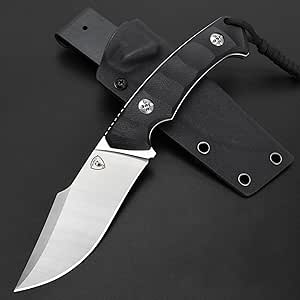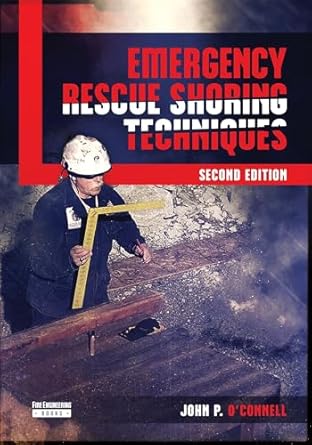A razor-sharp hunting knife is more than just a tool; it’s a crucial piece of equipment that can mean the difference between a successful hunt and a frustrating one. But maintaining that razor edge isn’t always straightforward. The internet is awash with advice, some accurate, some… less so. This article aims to cut through the confusion, separating fact from fiction when it comes to hunting knife sharpening.
Myth #1: You Only Need One Sharpening Method

This is a common misconception. The “best” method depends entirely on your knife, your skill level, and the situation. A seasoned hunter might use a combination of techniques – a coarser stone for initial shaping, followed by finer stones for honing, and possibly a strop for the final polish. A beginner might find a guided sharpening system or electric sharpener easier to manage. Don’t feel limited to just one approach; experiment to find what works best for you. Different steel types also respond differently to various sharpening methods.
Fact: Understanding Your Steel Matters
The steel your hunting knife is made from significantly impacts how it should be sharpened. High-carbon steels are harder and hold an edge longer, but they also require more care and a more skilled hand to sharpen. Softer steels are easier to sharpen but may dull quicker. Knowing your knife’s steel type (often found on the manufacturer’s website or stamped on the blade) is essential for selecting appropriate sharpening tools and techniques.
Myth #2: The Sharper, the Better (Ignoring Edge Geometry)
While sharpness is paramount, blindly chasing the “sharpest possible” edge can be counterproductive. Edge geometry – the shape and angle of the blade’s edge – plays a critical role in durability and performance. A too-thin edge might be incredibly sharp initially but will chip or roll easily during use, especially when processing game. A slightly thicker, more robust edge will hold up better in the field, although it might not seem as ‘scary’ sharp initially. Finding the optimal balance between sharpness and durability is key.
Fact: Consistent Sharpening Angle is Crucial

Maintaining a consistent sharpening angle is arguably the most important aspect of successful knife sharpening. Inconsistency leads to an uneven edge, dull spots, and ultimately, a less effective cutting tool. Use a sharpening guide or learn to maintain a consistent angle by eye. A consistent angle is particularly important with freehand sharpening, where you’re guiding the knife across the stone. Regardless of the method you choose, ensuring consistency will drastically improve your results.
Myth #3: You Can Sharpen Any Knife on Any Stone
This is a dangerous oversimplification. Different stones have different grits (coarseness) and are designed for different stages of the sharpening process. Using a very coarse stone on a finely honed edge will remove too much material and damage the blade. Conversely, using a fine stone on a severely damaged edge will take an unreasonably long time, if it works at all. Start with a coarser stone for significant damage and gradually progress to finer stones for refinement. This systematic approach prevents damage and ensures a superior edge.
Fact: Proper Stone Maintenance is Essential

Sharpening stones, whether natural or synthetic, are tools themselves that require maintenance. Regular cleaning removes metal particles and debris that can interfere with the sharpening process. Use a brush or water to clean the stone frequently during sharpening. Some stones also benefit from occasional soaking or oiling. Neglecting stone maintenance leads to uneven sharpening and potentially damages the stone itself.
Myth #4: Electric Sharpeners are Inferior
Electric sharpeners have gained a bad reputation amongst some traditionalists, but modern electric sharpeners can produce remarkably sharp edges, particularly for beginners. They offer consistency and speed, making them an attractive option for those lacking experience with traditional methods. However, they may not offer the same level of control as manual methods, potentially leading to more material removal if used incorrectly.
Fact: Stropping is the Final Touch (Often Overlooked)

Stropping is the often-overlooked final step in the sharpening process. A strop (a leather or other material) is used to refine the edge and improve its smoothness, resulting in a truly razor-sharp blade. Stropping alone won’t sharpen a severely dull knife, but it can dramatically improve the sharpness and performance of an already well-sharpened blade. A strop is a simple but incredibly valuable addition to any sharpening kit.
Mastering the art of hunting knife sharpening takes practice and patience. By understanding the facts and dispelling the myths surrounding the process, you can ensure your hunting knife remains a reliable and effective tool for years to come. Remember to always prioritize safety and take your time; a rushed job usually results in a damaged knife or, worse, an injury.


